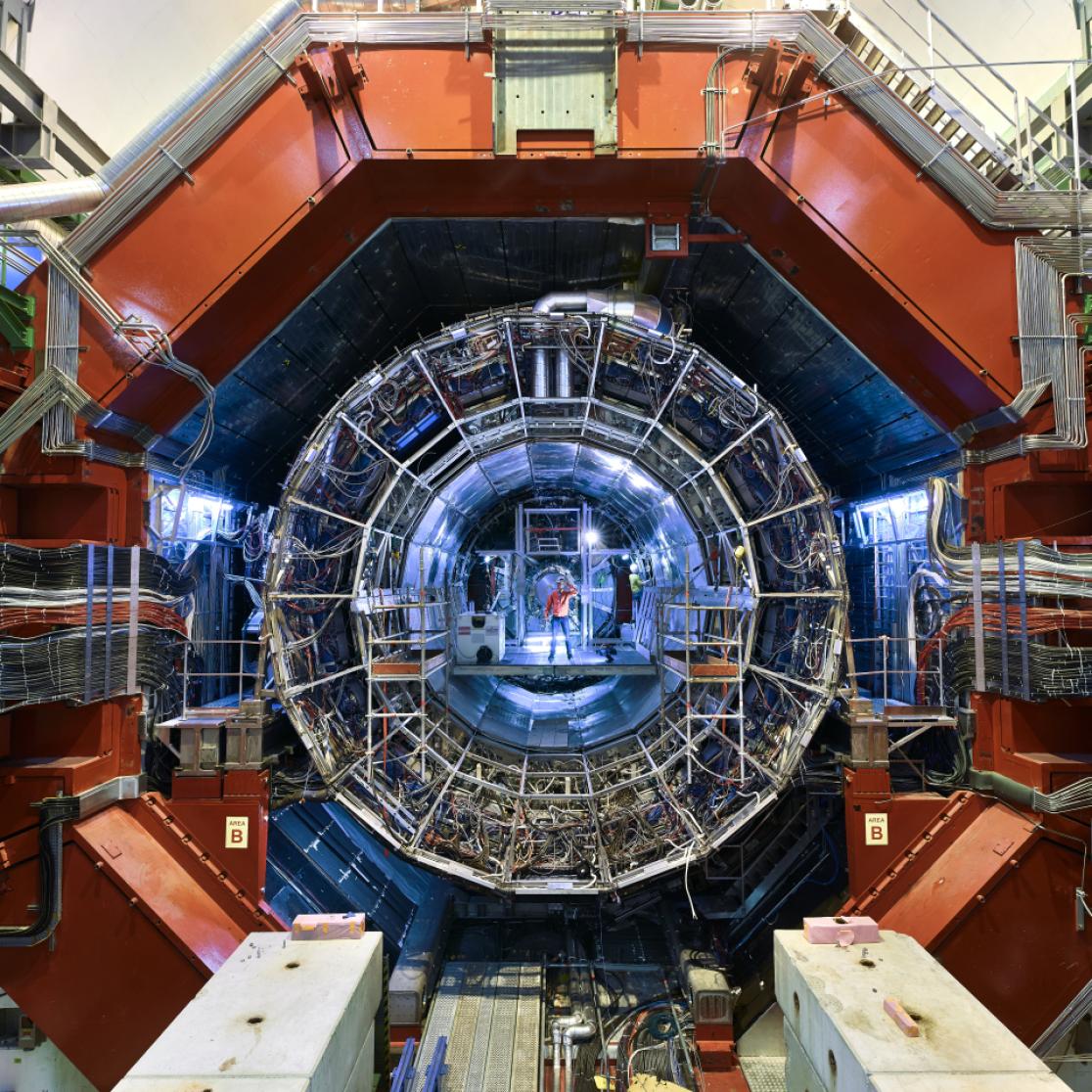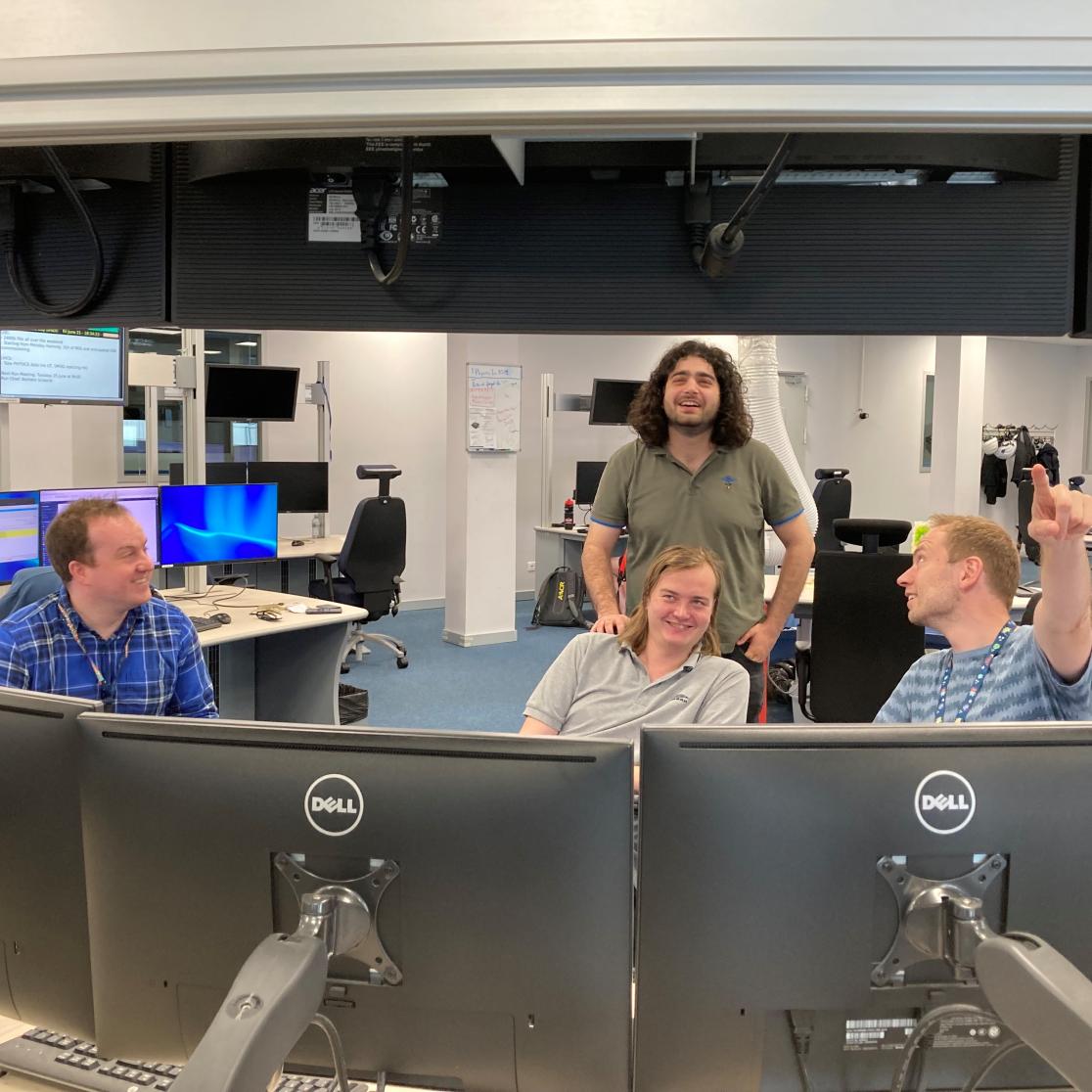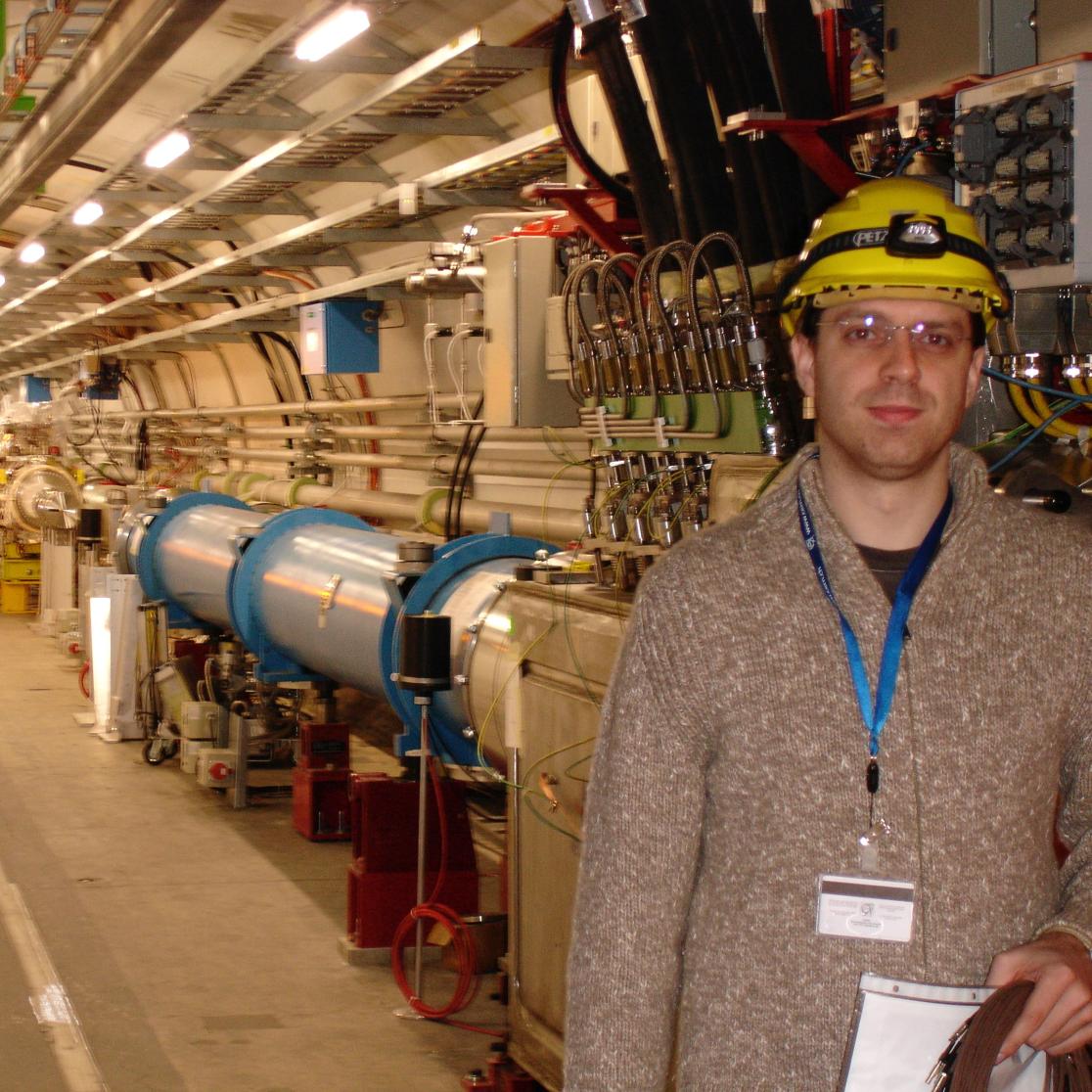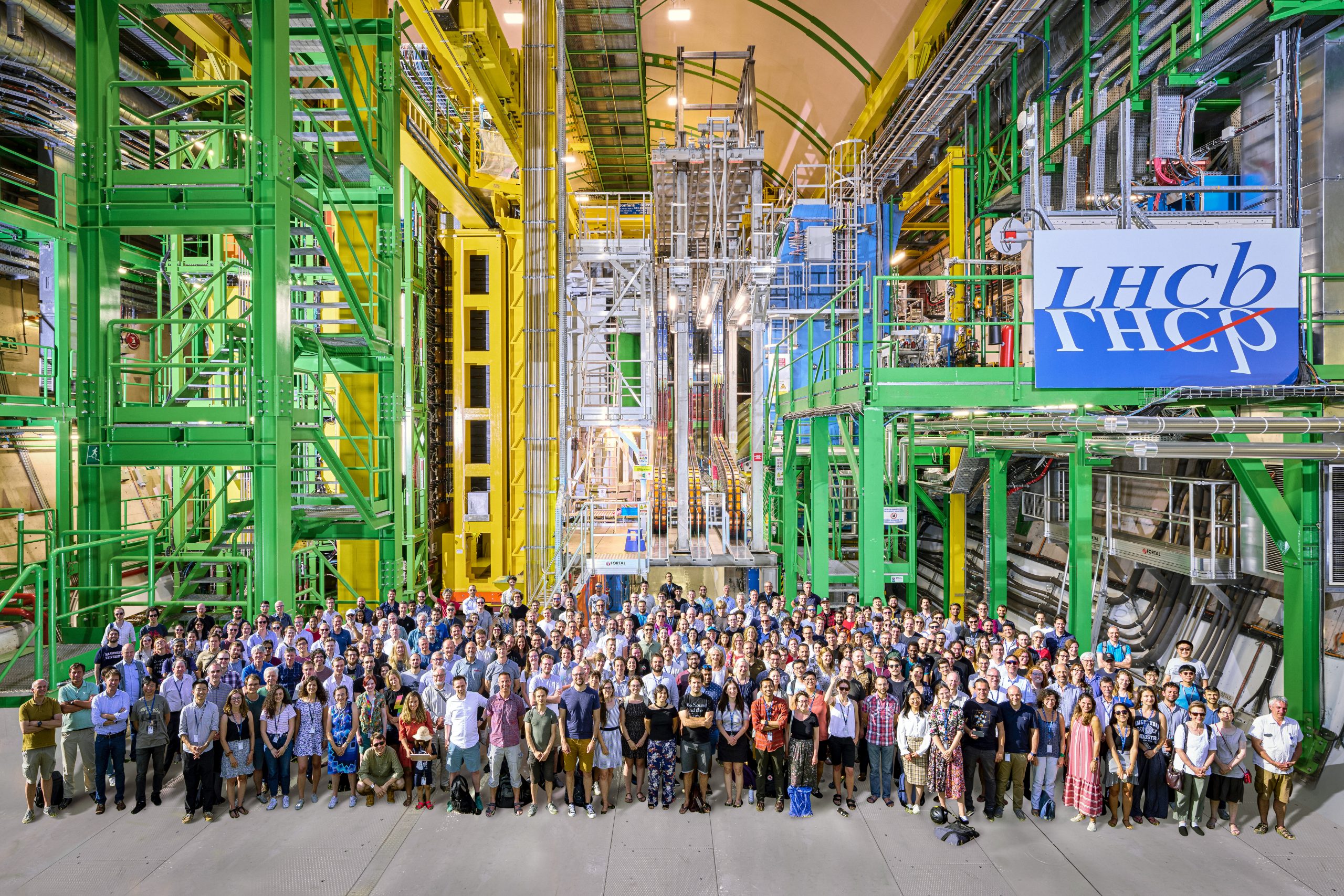Beyond the bang: how Maastricht scientists helped win the Breakthrough Prize
Deep beneath Geneva, particles crash together at nearly the speed of light in the world’s largest physics experiment: the Large Hadron Collider (LHC). This groundbreaking research just earned the 2025 Breakthrough Prize in Fundamental Physics. Among the 17,500 scientists honoured are researchers from Maastricht University’s Faculty of Science and Engineering. They contribute to major experiments exploring the universe’s deepest mysteries: ALICE and LHCb.
ALICE
Panos Christakoglou (Maastricht Science Programme) was at the Quark Matter conference in Frankfurt discussing science with his PhD student when people reached out to him, telling him about the Breakthrough Prize. “It felt really nice, certainly because of the recognition of our field”, he recalls.
Panos is one of the researchers at Maastricht University who is working on the ALICE experiment of the LHC. “The Dutch ALICE group is relatively small, but we punch through the ceiling in terms of science”, he says. “We have very prominent members in the field, and the same goes for the Dutch LHCb group.”
“ALICE looks at what happens when heavy ions, like lead ions, collide at enormous speeds, almost 300 thousand kilometres per second. When these ions collide, we recreate the conditions that existed in the universe less than a second after its birth. We can study how the universe started and how it evolves.”
Super magnet
Panos and his PhD student, Noor Koster, study a very specific aspect of these collisions, the magnetic field. “The magnetic field created when two heavy ions collide is the strongest known in the universe.” For comparison, it is at least 10¹⁹ times stronger than Earth’s magnetic field, that is a 1 followed by 19 zeros.
From ALICE to Einstein
If it comes to big magnetic fields, neutron stars do have them as well. “When two neutron stars collide and merge, their magnetic fields could leave detectable imprints in the resulting gravitational waves. However, current detectors are not yet sensitive enough to observe these effects. Despite the vastly larger scale of neutron star mergers compared to microscopic ion collisions, the same underlying physical principles apply. We prepare a theoretical framework that will, hopefully, help scientists to find the effect of these magnetic fields in the signal of the Einstein Telescope.”
Panos’s work touches upon the work done by scientists at the Gravitational Waves and Fundamental Physics group of the Faculty of Science and Engineering. The Fundamental Physics part of that group is involved in another experiment, LHCb.

LHCb
Whenever particles collide, part of their energy is transformed into new particles, according to Einstein’s famous equation E=mc2. The theory predicts that there will be an equal amount of matter and antimatter particles. The same theory also predicts that during the birth of the universe, the Big Bang, an equal amount of matter and antimatter would be produced. Just a moment later, all matter and antimatter would destroy each other. Since you are reading this article, this obviously did not happen. LHCb tries to figure out why.
Students and staff from both MSP and GWFP included, the group has about 20 members. Experimental physicist Jacco de Vries and theoretical physicist Keri Vos talk about their work at LHCb.
Hunting down the reason for the abundance of matter requires extreme precision, both from the experimentalist and the theoreticians. “Using the theory, I try to predict the outcome of an experiment as exactly as possible”, Keri says. Jacco adds: “At LHCb we look for tiny differences between the observations and the prediction, hoping to find clues that help solve the matter/antimatter mystery.”
A Maastricht speciality in LHCb research is the study of extremely rare events in particle collisions, events that occur only once in a billion collisions. Jacco: “To find these rare events, we need very precise measurements, and that is why we look for them using LHCb.” Keri adds: “To find even more rare events, we need larger precision and faster computers to do the calculations. Our group is therefore exploring the options of quantum computers in the field.”

Maastricht Advantage
“A huge advantage of Maastricht is that we are one of the few LHCb groups where experimentalists and theorists work side by side.” Literally, because Keri and Jacco share an office. Also, the proximity of the Department of Advanced Computing Sciences helps, we share a PhD student and regularly discuss the computing issues involved in LHCb.”
Scientists at ALICE and LHCb are steadily making progress. At LHCb they already discovered that nature is not as perfectly symmetrical as the theory predicts, but the imbalance is still 10 billion times too small to explain why the universe is made of matter. For now, there is work enough to be done. This explains why Maastricht University, as a partner of the National Institute for Subatomic Physics, Nikhef, is slowly expanding its research into this field of science.
Text: Patrick Marx

Find your colleagues
